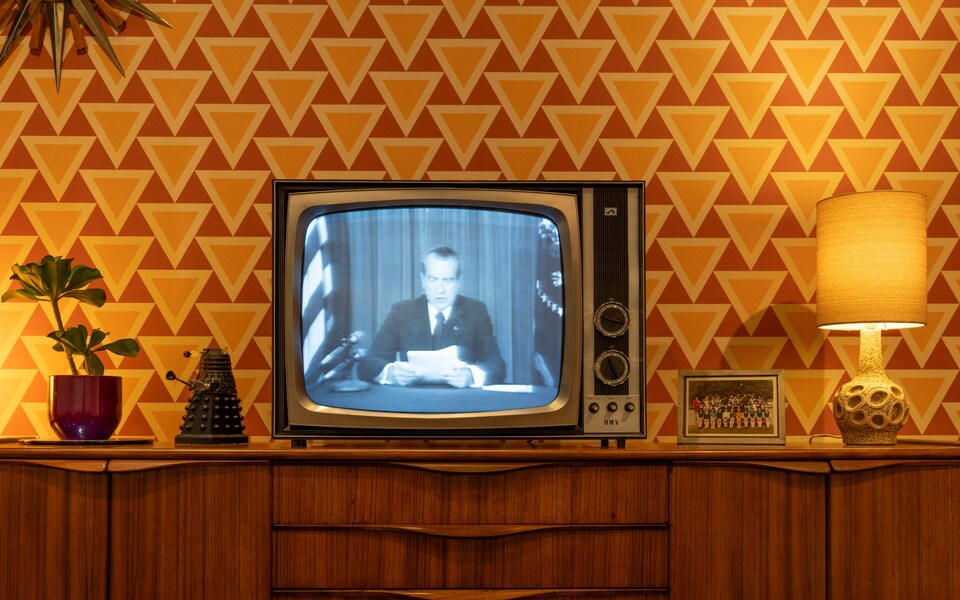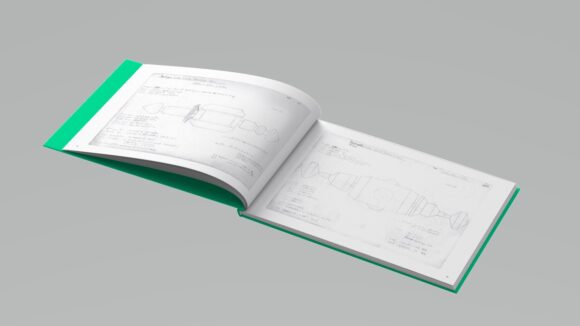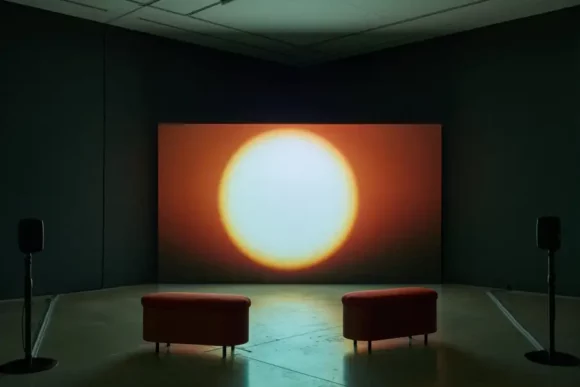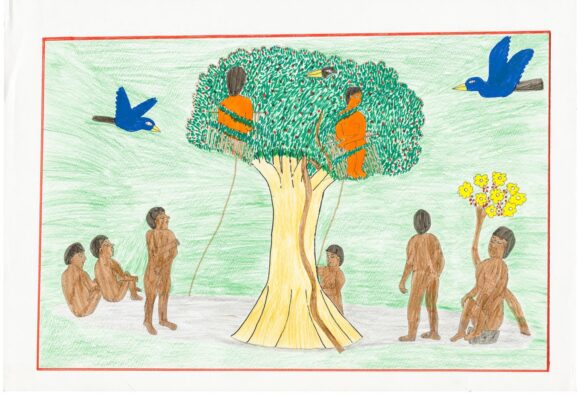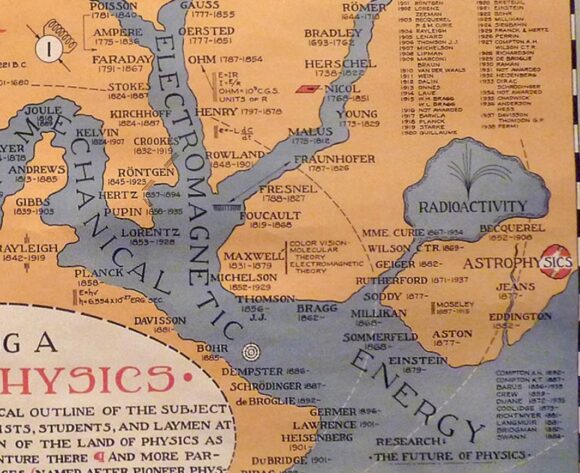Long-distance relationships are hard to do, but my goodness they’re fun: all that flitting about between mutually inconvenient cities, Muscat to Odessa, Dubai to Istanbul…
A good 90 per cent of the time, though, we were together alone — witness the huge message chain preserved on my smartphone.
The thing about the WhatsApp messaging service is that it’s happy by design, beautifully geared to meme-sharing and goofing-off. Even if you’re not in the mood, you’re only ever a couple of clicks away from sharing an exploding unicorn head or a river of balloons or a video of someone’s pet cat nailing middle-C.
As I cast a bleak eye over our last messages, I see that my girlfriend and I weren’t really spending time together at all; we were just toying with the app.
New technological applications are even now shaping the future of sex, intimacy, friendship and desire. This, anyway, is the hypothesis underpinning a series of talks and screenings starting soon at Somerset House Studios in London. “Hyper Functional, Ultra Healthy” is the programme’s umbrella title, the strong implication being that technology will, at best, save us from our less-healthy impulses; while at worst it will persuade us to sacrifice our humanity on the altar of productivity.
I think the future could be altogether more wild and enjoyable. I think intimacy technologies of various sorts are going to be good for us sometimes, and a lot of fun in any case — just so long as we get over our angst-ridden, future-shocked selves and embrace — literally and figuratively — what we have made.
In Spike Jonze’s 2013 romantic comedy Her, Theodore Twombly (Joaquin Phoenix) falls in love with Samantha (Scarlett Johansson), an artificially intelligent operating system. Because Samantha is at least as conscious as Theodore, the film is a rather charming red herring. The film we needed, in the year sales of smartphones surpassed feature-phone sales for the first time, was one in which Theodore falls in love with an entry-level smartphone assistant like Alexa, or Siri — a being that is patently not conscious, though it puts on a good show.
That really would have got under our skin.
We want our lovers to really love us. But what if they could keep us just as happy by behaving as if they loved us? Then we wouldn’t even have to build better and better technology to satisfy our needs and desires; we could just lower our expectations of what it is to be human.
If we’re so easily debased, there’s not a lot left to say: only that we deserved our fate. But why should things turn out so badly? I reckon we could learn to live quite happily in a world full of non-human agents while being, like Red Riding Hood, on constant guard against those who try to pass themselves off as “one of us”.
Between here and there lie three obstacles.
First, we’ll have to accept that we can and should seek solace from non-human agents. If books and plays have a thing or two to tell us about the world and how to live in it, then why not GPT-5 or Gemini?
In 2019 an international survey of psychiatrists (which sounds like the start of a joke, but never mind) half believed AI would significantly change their profession.
That half was right. The NHS is evaluating the use of conversational agents in talking to users about their mental health. Systems like Leora, spun out of the Australian disability care sector to provide support for mild symptoms of anxiety and depression, have gone a long way to prove the concept. Other systems are still more advanced: why tie up a human therapist when Stanford University’s Woebot shows all the signs of delivering cognitive-behavioural therapy with equal efficacy over your smartphone?
Next, we’ll have to get comfortable around robots and digital assistants who behave as if they love us. This should not be too difficult: cats have been faking affection for us for about six million years, so we’ve had plenty of exposure.
Ah, but how will our machines love us? This is where, like it or not, the conversation turns to (yawn now) sex robots.
In the current climate, we’re allowed two responses to sex robots.
Following the lead of TV series like Westworld and films like Ex Machina (and don’t tell me that wasn’t a sex robot), we fear what they might do to us. Also, we fear what sort of people we might become when we’re with a sex robot. This is very much an argument about means and ends. If I mistreat a robot today, will I find it easier to mistreat a fellow human tomorrow? This is an excellent point; also an old one and not really limited to robots. (People who mistreat animals score highly on the Hare Psychopathy Checklist.)
What we’re absolutely not supposed to do is use a sex robot, although many people do. The global market for this gear was valued at approximately $30 billion in 2023 and is projected to reach over $100 billion by 2032. Machines designed specifically for women are worth $23 billion and while this market’s expanding more slowly, by 2032 it’s still expected to top $54 billion. That’s a lot of cash being thrown at consumer durables people wouldn’t be seen dead with.
And this, neatly enough, brings us to the third and most difficult hurdle: we’re going to finally have to decouple sex and intimacy.
*
It’s not as though these two were ever comfortable bedfellows, whatever the sentimentalists might claim. In the 11,000 years that separate the birth of sedentary agriculture and the bumper harvests brought in by the agricultural revolution in the 18th century, the regular production of children was an activity essential for people’s economic survival. Farms needed hands to work them. A woman’s value lay in her sexuality. It was an economic good and came with a price — a very high one, most of the time.
For all that time we craved adult intimacy, but we needed children. Reconciling ourselves to this miserable state of affairs was a job of work, but we managed it, not once, but many times, by inventing marriage. This charitable fiction convinced us that the world was backwards – that while we needed adult intimacy, what we really craved was children.
In the West the Enlightenment eventually put paid to the lie, ushering in a doctrine of reasoned sexual self-interest under whose influence, wrote Claire Clairmont, stepsister of Mary Shelley, “Lord B[yron] became a human tyger slaking his thirst for inflicting pain upon defenceless women who under the influence of free love… loved him.”
From Byron to Weinstein, the permissive society has undermined religious strictures around sex and replaced them with a free-for-all that has often left women in a worse state. Of her would-be male seducers, the 18th-century writer Lady Mary Wortley Montagu had this to say: “‘Tis play to you, ’tis but death to us.”
Better birth control offered a partial fix, but what we really need to do is decouple sex and intimacy, then we might be able to jettison coercion and childbearing in one go. What’s not to like about that?
I know, I know, this is a terrible thing to say. But look at the numbers. Wherever and whenever living standards rise, the birth rate falls. A 2020 study in the Lancet projected that 23 countries, including Spain and Japan, could see their populations halve by 2100 due to low fertility rates. The total fertility rate in England and Wales has fallen to 1.44 children per woman, its lowest level on record. The United Nations projects that over half of the world’s population growth by 2100 will be concentrated in just eight countries.
There are all kinds of reasons: more processed food, better education for women, a more atomised working environment. Actual infertility aside (a growing and mysterious problem we can’t get into here) all these are aspects on the same unmentionable truth: the more time we make for ourselves, the less time we invest in child-rearing.
It’s not that we don’t want sex. We just don’t want it with each other. Now that market forces are finally prising sex out of the bedroom and into the public gaze, it turns out that there are many more enjoyable ways to have sex. Not all involve technology directly. Most sex clubs are run on a shoestring by enthusiasts; they’re certainly not splashing out on robots. Still, they use social media to bring cohorts together in numbers sufficient to get by, And if the club’s too far away, you could always show off on OnlyFans: heck, that site pays you. Now that sex toys are part of the internet of things – networked, remotely controlled, and even self-controlled to some degree — sex ceases to be a purely private affair and becomes a civic act.
All right, all right, let me offer an olive branch here. Love is real; pair-bonding is real; in many of us, the desire for children is real; and, yes, humans fall in love all the time.
But If we maintain the food supply and continue to chisel away at poverty then, as a wole, fewer women will have fewer children and they will have them later in life. And this leaves us casting around, trying to work out what sex is for, now that procreation has been knocked off its 11,000-year-old pedestal.
Technology holds out two incompatible answers to this question. One set of technologies comforts us, but doesn’t really work. The other set works a treat, but it will have even the most hardened roué weeping for humanity.
Digital comfort-blankets even now provide solace to an increasingly atomised society. For platonic cuddling services, visit Cuddle Sanctuary or Cuddlist (now offering on-line cuddles). If you want to text back and forth with an AI companion, sign up with Replika or its more blokey kin, Soulfun AI and DreamGF. VR Chat and Somnium Space are your gateways to the metaverse where you’ll most likely run into people just like you (good luck with that).
Many of these apps and websites are in dire need of updating. My guess is, they’re not doing wildly well, And no wonder: they’re not playing to the strengths of their own medium. They’re trying to sell human intimacy through a piece of tempered glass, which is daft.
These services want you to buy a packet of commoditised human experience, rather than take action for yourself. In the same way, people in the early 1900s used to sell pianola rolls door to door to families who could no longer be bothered to play their own pianos.
Well, the piano is one thing; your life is surely something else. It’s not that hard to make friends. Go to church! Volunteer at a food bank!
The other set of technologies does work and boy, does it earn its market share. Porn is a much more effective form of digital address because it plays to digital strengths: glamour, glossiness, hardness, mechanical repetition. And it’s an aesthetic you can translate wholesale into the real world very easily. Profitably, too: is that branch of Coco de Mer an unfailingly friendly place to shop for well-made leather goods, or an actor in the hidden war to pornocratise the culture? Can’t it be both?
The prigs and prudes among us fight their frantic rearguard actions. In the motley of sexual radicalism they preach the virtues of ethical and consensual non-monogamy, polyamory and compersion. But thumb through Feeld (a non-traditional dating app) and #Open (a marginally raunchier competitor) at your peril: anyone who’s earned their scars will tell you of the coercion and abuse these lifestyles spawn.
Don’t live in the past. Say hello to the circus and the sideshow and FinalCut Pro, to the smartphone and the ring-light and the tripod, to doll-makers, to latex-cutters, to sculptors in silicone and thermoplastic elastomer. Even now, designers besotted with perfect curves are laying before you their smooth, glossy path to a burlesque world where sex is a hybrid thing, half-real, half-digital. Goodbye, marriage and its rubbishy “alternatives”, Goodbye love, and every enlightened impulse.
Or do what you need to do, you hopeless sentimentalists: no-one’s out to stop you being happy together. Intimacy will tick by and that’s all one can really say about it.
Sex, though – now there’s a gift that will only keep on giving.




